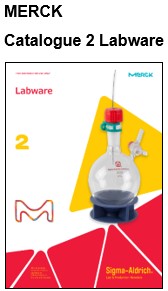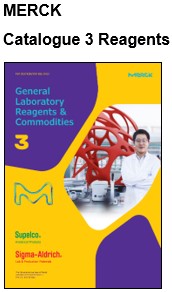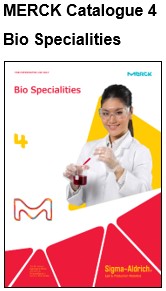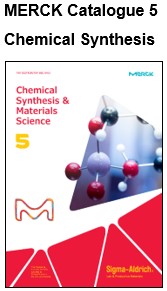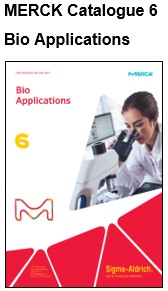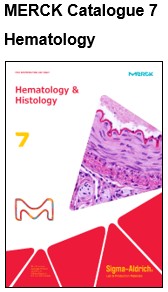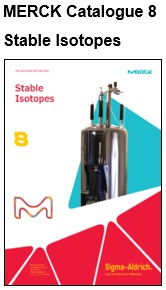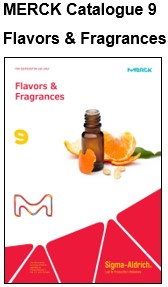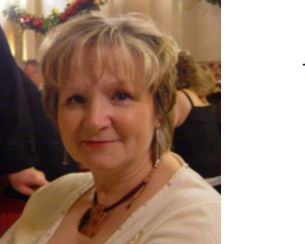(Z)-Metominostrobin CAS 133408-51-2

Chem Service Certified Reference Standards
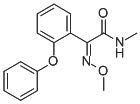
Pesticide News
Bumblebees acquire a taste for pesticide-laced food as they become more exposed to it, a behaviour showing possible symptoms of addiction.
This study of bumblebee behaviour indicates that the risk of pesticide-contaminated food entering bee colonies may be higher than previously thought, which can have impacts on colony reproductive success.
In research published today in Proceedings of the Royal Society B, a team from Imperial College London and Queen Mary University of London (QMUL) have shown that bumblebee colonies increasingly feed on pesticide-laced food (sugar solution) over time.
The researchers tested the controversial class of pesticides the ‘neonicotinoids’, which are currently one of the most widely used classes of pesticides worldwide, despite the near-total ban in the EU. The impact of neonicotinoids on bees is hotly debated, and the ban is a decision that has received mixed views.
Lead researcher Dr Richard Gill, from the Department of Life Sciences at Imperial, said: “Given a choice, naïve bees appear to avoid neonicotinoid-treated food. However, as individual bees increasingly experience the treated food they develop a preference for it.
“Interestingly, neonicotinoids target nerve receptors in insects that are similar to receptors targeted by nicotine in mammals. Our findings that bumblebees acquire a taste for neonicotinoids ticks certain symptoms of addictive behaviour, which is intriguing given the addictive properties of nicotine on humans, although more research is needed to determine this in bees.”
Increased visits to pesticide-laced food
The team tracked ten bumblebee colonies over ten days, giving each colony access to its own foraging arena in which bees could choose feeders that did or did not contain a neonicotinoid.
They found that while the bees preferred the pesticide-free food to begin with, over time they fed on the pesticide-laced food more and visited the pesticide-free food less. They continued to prefer the pesticide-laced food even when the positions of the feeders were changed, suggesting they can detect the pesticide inside the food.
Lead author Dr Andres Arce, from the Department of Life Sciences at Imperial, said: “Many studies on neonicotinoids feed bees exclusively with pesticide-laden food, but in reality, wild bees have a choice of where to feed. We wanted to know if the bees could detect the pesticides and eventually learn to avoid them by feeding on the uncontaminated food we were offering.
“Whilst at first it appeared that the bees did avoid the food containing the pesticide, we found that over time the bumblebees increased their visits to pesticide-laden food. We now need to conduct further studies to try and understand the mechanism behind why they acquire this preference.”
Dr Gill added: “This research expands on important previous work by groups at Newcastle and Dublin Universities. Here, we added a time dimension and allowed the bees to carry out more normal foraging behaviour, to understand the dynamics of pesticide preference. Together these studies allow us to properly assess the risks of exposure and not just the hazard posed.
“Whilst neonicotinoids are controversial, if the effects of replacements on non-target insects are not understood, then I believe it is sensible that we take advantage of current knowledge and further studies to provide guidance for using neonicotinoids more responsibly, rather than necessarily an outright ban.”
This article has been republished from materials provided by Imperial College London. Note: material may have been edited for length and content. For further information, please contact the cited source.
CONTACT US
Tel: +44 (0) 151 649 4000
Email: marketing@greyhoundchrom.com
FOLLOW US
YOU MAY ALSO BE INTERESTED IN OUR NEWSLETTER
About The Author
Susan Massie, Sales & Marketing Director, Greyhound Chromatography and Allied Chemicals Email: sue@greyhoundchrom.com
Susan Massie is the Sales & Marketing Director for Greyhound Chromatography and Allied Chemicals, affectionately known as 'Greyhound' in our scientific community. Greyhound was founded by Susan's husband Paul Massie more than 40 years ago, Susan hasn't been in the business for all of that time but has been involved with Greyhound for over 19 years. Greyhound continues to grow, expanding into new markets and taking on the challenges of our ever changing environment. It's heartwarming to witness the world waking up to the fact that we are damaging our planet on a daily basis. Every action we take has a direct effect on our planet and the world we leave behind for future generations. Susan is passionate about climate change and is happy to work in an industry that can have a direct effect on reducing the impact of our actions on the environment. All of the team at Greyhound take our responsibilities very seriously, the products that we supply are used by the world's leading scientists and chemists as they endeavour to monitor and repair the environment. All is not lost, if we all take responsibility for our actions, from reducing our waste and reusing or recycling our material collateral we can make a difference. The internet is full of useful advice and guidance, Susan is proud to contribute to that wealth of knowledge whenever she can.
Greyhound prides itself on personal service which provides prompt, efficient, cost-effective, safe delivery of all products. Greyhound provides technical advice and distribution of Certified Reference Standards and Materials, Laboratory Consumables, Solvents and Reagents across all scientific disciplines. Greyhound Chromatography offers over 1 Million products from its UK warehouse. The team at Greyhound are proud to support the work of the world's leading scientists and chemists as they challenge the abuse of our planet and try to make a difference to the world we leave behind for our ancestors.
You can view Susan's Linked In Profile here https://www.linkedin.com/in/susan-massie-79ab4121/
You can view Greyhound Chromatography’s LinkedIn page here https://www.linkedin.com/company/greyhound-chromatography/


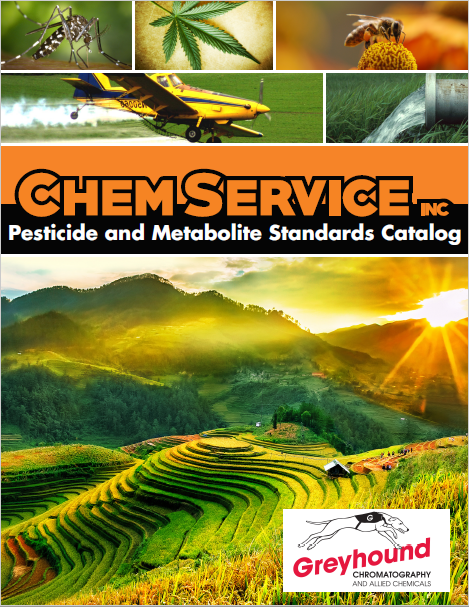
.jpg)















